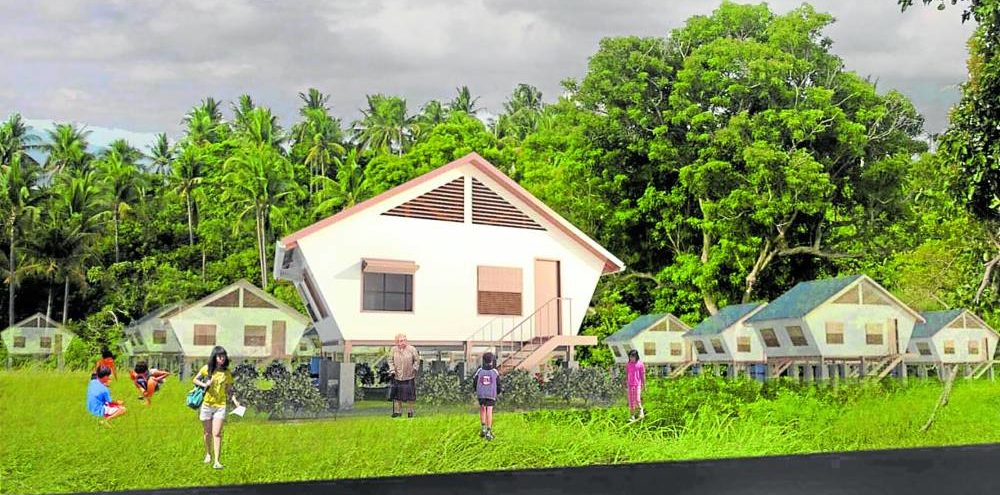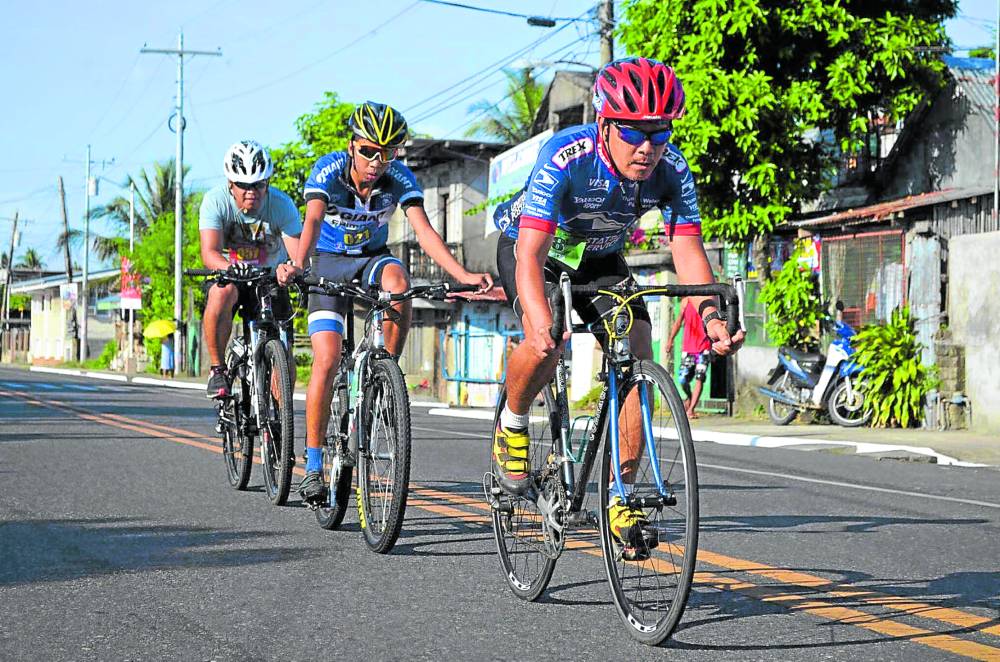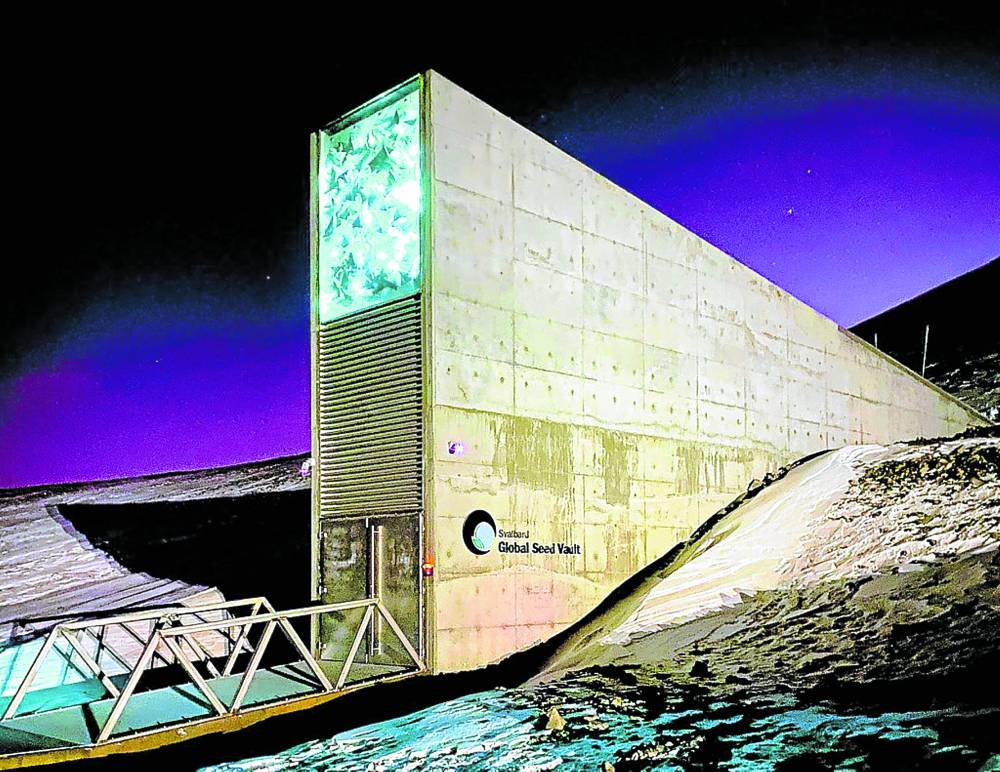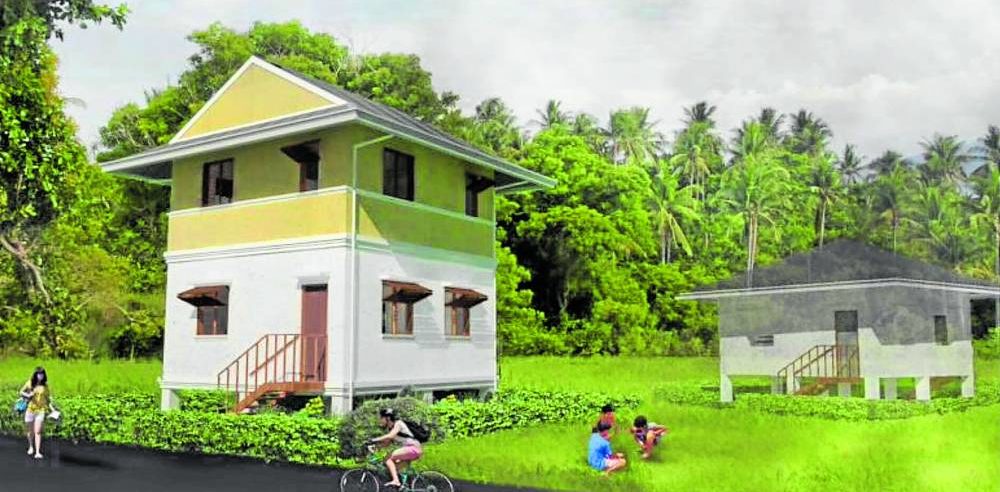Imagining infrastructure beyond ‘Build, Build, Build’
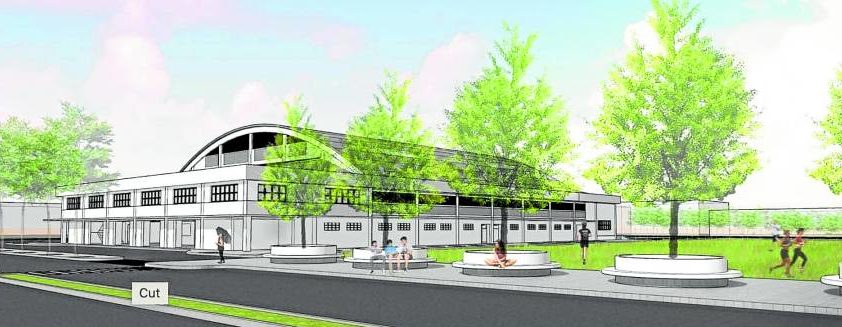
The Takbuhan is a proposed design of an evacuation center that would provide more stable shelter in times of calamities.
(Conclusion)
As we enter the period of a new administration, let us consider the vast opportunities to spur our country’s growth. Infrastructure, in particular, could be improved upon to make our cities more responsive to people’s needs.
What exactly does our society need in terms of transportation, housing and utilities to become more responsive in the upcoming years? We ask the experts in planning and architecture for their insights.
Housing
Housing has always been a major challenge in the Philippines due to our rising population. According to urban planner and landscape Ar. Paulo Alcazaren, there is a necessity to build affordable in-city public housing estates. Public housing would be more responsive if the developer builds whole townships offering an array of public services rather than a housing complex alone.
According to landscape Ar. Mary Ann Espina, our country could also benefit from more disaster-resilient housing. In particular, the “Build Back Better Program” of the Department of Science and Technology (DOST) offers solutions during typhoons and calamities. To exemplify, the “Kapitbahay” project is a housing prototype that can be mass-produced and self-built in typhoon-vulnerable areas. The project also proposes “Takbuhan,” a more disaster-resilient evacuation center.
Inter-Island bridges

The Bataan Nuclear Power Plant is being seriously considered nowadays to become an alternative energy source.
As a country composed of thousands of islands, we stand to benefit from interconnected transportation lines.
Ar. Alexander Fria of ARCA Construction said that while this feat may take a while before it comes to fruition, regional connections may allow the possibility of a national transportation route to come true.
To expound, a railway connecting Laoag to nearby provinces and Metro Manila could be eventually linked to the upcoming Bicol railway project. The train system could be extended if we are to develop a linkage in the Visayas region connecting Cebu, Bacolod, and Iloilo. Finally, a Mindanao line could complete the circuit. Ideally, the train system will split into two paths, one leading to Davao and General Santos City while the other to Cagayan de Oro and Zamboanga. While many steps would be needed to carry out these ideas, many of us stand to benefit from this possibility.
In the words of Fria, “Imagine, being able to go to Davao (from Ilocos) via land travel!”
For her part, Espina envisions building major inter-island bridges. In particular, Bataan-Cavite, Sorsogon-Samar, Leyte-Surigao, and Panay-Guimaras-Negros connections would prove vital to our country’s development.
Provincial and district hospitals
Our recent experiences in dealing with the COVID-19 pandemic tell us that there are things we can improve when it comes to our medical facilities.
Espina believes that building more and better provincial and district hospitals will help decongest major medical centers in cities. In addition, it is important to empower local colleges and universities to educate and retain workers in the local sector.
As an example, the University of the Philippines-Manila partners with local schools and barangays to produce midwives, nurses and doctors educated in a ladder-type curriculum and committed to work in local hospitals. This program is currently being implemented in Leyte, Aurora and Cotobato.
Agri-industrial facilities
The agricultural sector is another industry that stands to gain a lot if the proper infrastructure is provided by the government. Espina recommends building more ice plants, slaughterhouses and other processing facilities. In particular, ice plants will help our country reduce losses in fish catch due to spoilage.
Moreover, a seed bank will also help us maintain our local crops and endemic plants and trees. While this idea may be imaginative to some, such a facility would enable our country to maintain crop varieties even in the face of natural disasters.
Water-based transportation
Several cities and provinces could benefit from the development of water transportation. An example of this would be Muntinlupa City which, as of this writing, is considering the building of a ferry system and a fish port as shared by Ar. May Ladica-Santiago. This project will provide an alternative route to land travel and can even help propel the trade of goods.
Public-oriented facilities
When it comes to the large metropolitans, Alcazaren advises that infrastructure needs to be identified through comprehensive land-use planning. This applies for transport, communications, housing and civic services.
In particular, the transport sector should be refocused to respond to the majority of the public who do not own private vehicles. As per Alcazaren, the focus of projects should be on mass transit, bicycles, non-motorized transport, sidewalks and intermodal amenities that would make commuting the preferred way to get around. The government should veer away from skyways or reclaimed land to respond to the needs of the public.
Energy
While many of our cities have easy access to electricity, some areas continue to struggle with it. According to Ar. Ian Fulgar of Fulgar Architects, it would be progressive for our country to ditch coal-fired power plants and opt for clean energy sources. While it may continue to be a source of debate, nuclear energy provides a viable option as it is a clean energy source. It can reduce the cost of electricity to P2 per kilowatt-hour (kWh) vs. the P6 per kWh produced by coal-fired sources. This only becomes possible, of course, if the necessary measures are carried out to ensure the safe operation of a nuclear power plant.
Exciting opportunities
Moving past our differences during the election period, let us all hope that our country will find progress in the new administration. User-responsive infrastructure could help us rise up from the economic slump brought about by the pandemic and provide new opportunities for us. Let us all pray that the Philippines will become better in the future that lies ahead.
Sources: L. Ar. Paulo Alcazaren of PGAA Creative Design; Ar. Mary Ann Espina of Architects Espina, Perez-Espina and Associates and UP College of Architecture; Ar. Alexander Brian Fria of ARCA Construction; Ar. May Ladica- Santiago of the City Government of Muntinlupa; Ar. Ian Fulgar of Fulgar Architects; Ar. Catherine Anne Hermo; www.ianfulgar.com; Subiet via Wikimedia Commons; Inquirer File Photos; Pixabay

